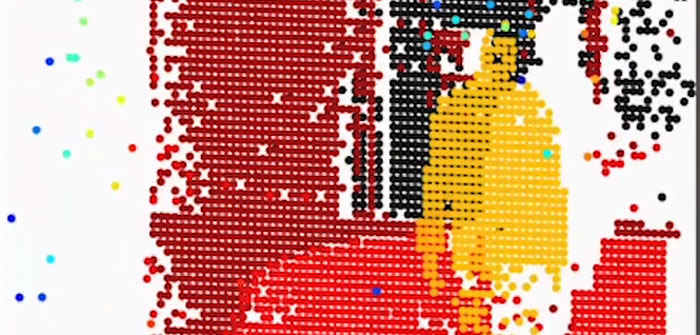Massachusetts-based Draper has undertaken tests on its Hemera lidar detector, setting a new performance standard for being able to see more objects in all weather conditions.
Lidar detectors tend to go blind when they encounter too much light or too many obscurants, like rain, snow and fog. Draper’s Hemera lidar detector advances the science by fusing technologies from biomedicine, optics and signal processing with advanced technologies, such as silicon photonics and proprietary algorithms, to produce an architecture that’s designed to enhance commercially available lidars.
Most lidar systems rely on detecting the environment in a way that does not distinguish between background and scattered light. They struggle with reduced visibility environments and are blinded by fog, rain or snow. In contrast, Hemera can extract information from more reflected light sources in the environment. As a result, the system can collect tens of billions of photons per second, far more than most lidar systems, which can detect only millions of photons per second.
“Typical lidar sensors can be confused by photons that are scattered by obscurants,” said Joseph Hollmann, senior scientist for computational imaging systems development at Draper. “Draper has developed a lidar detection system that is designed to see past obscurants, enabling it to function better in bad weather. We designed it to perform on bright days, when reflected sunlight can confuse lidars, and to avoid spoofing.”
“The ability to see through degraded visual environments, such as fog, snow and rain, will expand the scenarios in which autonomous cars will be able to operate,” Sabrina Mansur, Draper’s self-driving vehicle program manager, added.


